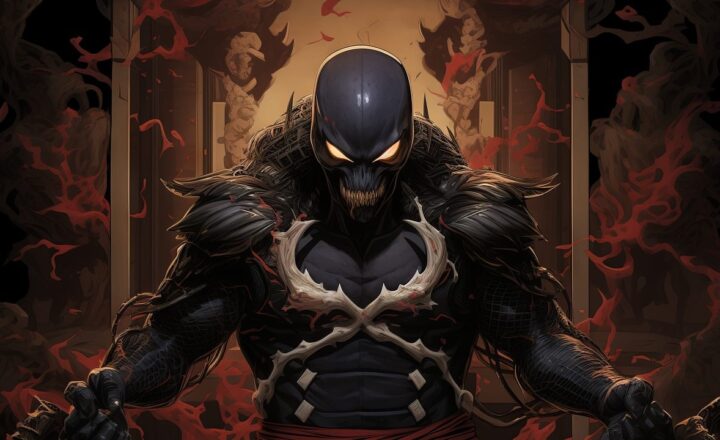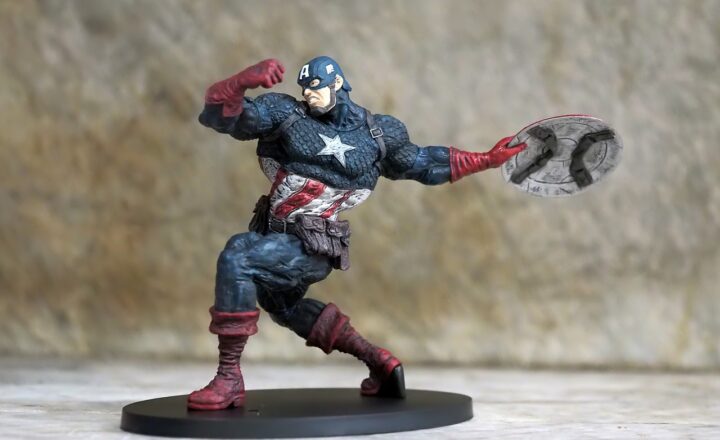How The Avengers Changed the Way We Think About Superhero Teams
November 14, 2024

The world of comic books has seen many iconic characters and teams over the decades, but few have impacted popular culture as profoundly as The Avengers. This team of superheroes, assembled to face threats too great for any one hero to handle, has redefined how we view superhero collaborations. In this article, we explore the journey of The Avengers, their rise to prominence, and their significant influence on the portrayal of superhero teams in comics, movies, and beyond.
1. The Birth of The Avengers
The Avengers made their first appearance in “The Avengers #1” published in September 1963. Created by writer Stan Lee and artist Jack Kirby, the team was envisioned as a solution to the ever-growing need for a collective force in the Marvel Universe. Prior to the Avengers, solo heroes like Spider-Man and Iron Man were dominating the comic book sales, but the concept of a team brought a new dynamic to storytelling.
Originally composed of Iron Man, Thor, Hulk, Ant-Man, and Wasp, the Avengers came together to battle Loki, Thor’s adoptive brother. This initial assembly was a bold statement: readers could see their favorite heroes interact, conflict, and unite against a common enemy. The blend of distinct personalities and powers added depth to stories, setting the groundwork for future superhero team-ups.
2. Unity in Diversity
One of the most revolutionary aspects of The Avengers was their diverse membership. Unlike previous teams in comic books that often shared similar attributes, The Avengers showcased a wide range of personalities, abilities, and backgrounds. The inclusion of heroes like the flamboyant Hawkeye, the introspective Black Widow, and the patriotically centered Captain America illustrated that strength lies in diversity.
This diversity not only contributed to richer storytelling but also allowed the team to explore complex social issues. The interplay among characters of different origins enabled discussions around race, gender, and privilege within the superhero genre, presenting a more nuanced perspective in the comics of the 60s and beyond.
3. Evolution Through Crisis and Conflict
Over the decades, The Avengers faced myriad crises, both external and internal. Major story arcs often revolved around conflicts among team members, showcasing that even heroes can have disagreements and moral dilemmas. This heightened drama made their stories relatable, as readers recognized their struggles with teamwork and camaraderie. Every confrontation led to character growth, further solidifying the notion that heroes have human qualities beyond superpowers.
For example, the 1972 storyline “The Avengers: The Kree-Skrull War” not only introduced intergalactic conflict but also illustrated how unity can prevail over chaos. The fact that heroes had to navigate their differences to face a larger threat hinted at real-world scenarios in politics and social structures, encouraging teamwork and mutual respect among differing viewpoints.
4. Cinematic Universe and Pop Culture Phenomenon
The 2008 launch of the Marvel Cinematic Universe (MCU) with “Iron Man” marked a turning point for superhero team storytelling. Finally, a grand payoff came in the form of “The Avengers” in 2012, which brought together Iron Man, Thor, Hulk, Captain America, Black Widow, and Hawkeye into a single cohesive film.
The box office success of this film proved to be a pivotal moment in Hollywood, as it unlocked the potential for future superhero collaborations. In a market that had often focused on standalone stories, The Avengers set a new precedent for crossover events, leading to a trend where different character franchises coalesce into larger narratives.
The film’s mix of humor, action, and character development not only captivated audiences but also changed how superhero films were produced and marketed. It created a formula that included post-credit scenes and interconnected storylines that fans eagerly anticipated, leading to the creation of multi-phase arcs within the MCU. Consequently, other studios followed suit, producing their own super teams and crossing character universes.
5. The Legacy of The Avengers
The impact of The Avengers extends beyond comics and the silver screen. They have inspired a plethora of adaptations in various media, from animated series to video games. Each reimagining thrives on the core values introduced in the comic books: teamwork, resilience, and the idea that different heroes can unite to achieve a common goal.
Furthermore, The Avengers have influenced a new generation of creators and storytellers who aim to explore the balance between individualism and collaboration, whether through assembling heroes from different franchises or diving into the interpersonal dynamics of powerful personas. Video games like “Marvel’s Avengers” have also leveraged this team-up concept, allowing players to experience the thrill of working together as iconic heroes.
As the world evolves, so too does the narrative surrounding superheroes, but The Avengers’ legacy endures as a reminder of the strength found in diversity, cooperation, and the power of teamwork against adversity.
Conclusion
The Avengers have changed the superhero landscape significantly, demonstrating that storytelling benefits greatly from diverse team dynamics and shared goals. They challenge the narrative norms by emphasizing that heroes, though powerful, are better when they come together as a unit. As we look to the future—whether in comics, movies, or beyond—the Avengers will undoubtedly continue to serve as a symbol of teamwork, unity, and the unyielding fight against injustice.
While the heroes in capes will evolve and new characters emerge, The Avengers will always remain iconic in shaping not only how we perceive superhero teams but also how we engage in collective struggles within our world.







